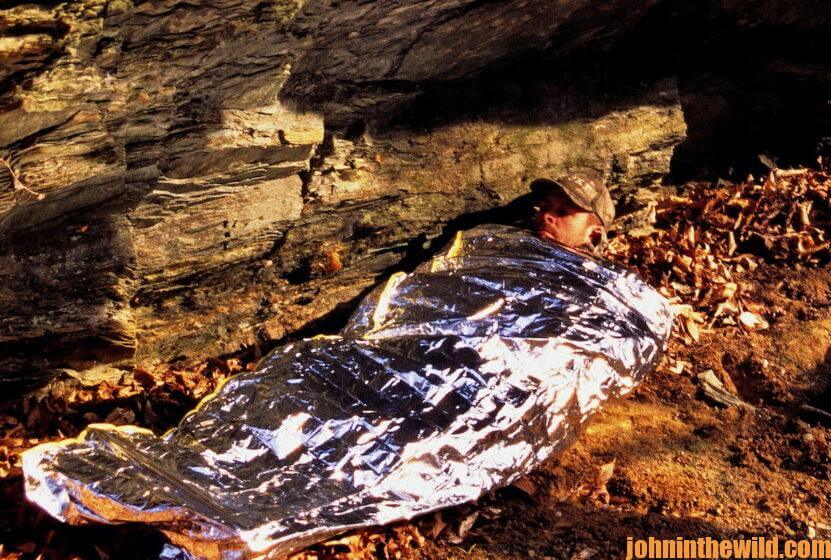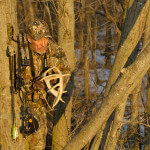Editor’s Note: Many of us learn to hunt deer from family members and friends. However, today fewer adults have the time to train young people in the sport of deer hunting. Most Fish and Game Departments across the U.S. offer courses to teach young people how to hunt deer and even have special days when a young person can hunt with an older mentor. However, the State of Alabama, like many other states, has recognized the huge number of adults with an interest in hunting and/or wanting to learn to hunt who don’t have mentors to teach them, and Alabama’s Department of Conservation and Natural Resources (ADCNR) (https://alabama-department-of-conservation-natural-resources-algeohub.hub.arcgis.com/) has set-up several days a year for an Adult Mentored Deer Hunt Program.
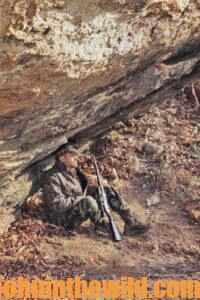 One of the fears of adults with the desire to hunt is getting lost in the woods. So, in the Adult Mentored Deer Hunt Program, one of the first subjects taught is what to do if you become lost. Paramedic Scott Carroll (see Day 2) is the teacher. Many people die within one mile of being rescued. What most often happens when a person realizes that he or she is lost in the woods, is that his blood pressure goes up, and he starts walking in circles.
One of the fears of adults with the desire to hunt is getting lost in the woods. So, in the Adult Mentored Deer Hunt Program, one of the first subjects taught is what to do if you become lost. Paramedic Scott Carroll (see Day 2) is the teacher. Many people die within one mile of being rescued. What most often happens when a person realizes that he or she is lost in the woods, is that his blood pressure goes up, and he starts walking in circles.
Once you realize you’re lost in the woods, the first emotion you’ll often feel is fear. You may begin not thinking straight and not make rational decisions. So, to get rescued, calm down. The best way to keep from staying lost is to tell someone where you’re hunting. Put your location on a note and leave it on the dash board of your car, so that it can be read through the front windshield. Leave a detailed map of where you’re hunting, and what time you plan to be back to your vehicle.
What Your First Needs Are When Lost:

• Shelter – As soon as you realize you’re lost, look for, or use some type of shelter. You also can build a shelter, which will help you feel safe. Take deep breaths, and continue to calm down. Always find or build a shelter before dark. You can purchase an inexpensive poncho online or at stores that will make a shelter, if you have very-little time to find or build a shelter. When you look for natural shelters, search for trees that have fallen over to the ground, caves and/or small indentations in the mountain that you can get in to and stay out of the weather.
• Water – If you haven’t brought water with you, you’ll need a water- purification system, like Aqua Tabs available at many sporting-goods stores and big box stores, or you can order them online. Another inexpensive, easy-to-carry purification system is Life Straw (https://www.lifestraw.com/) that you can order or buy at Costco’s. Your body needs about a gallon of water per day. Look for streams, rivers or any type of clean water that’s flowing to lessen the possibilities of having bacteria in your water. If you find a flowing stream that you plan to use as a water source, walk upstream about 50-100 yards, and make sure there are no dead animals or any other items that may contaminate your water source in it. Your body can go 48 hours without feeling the symptoms of dehydration.
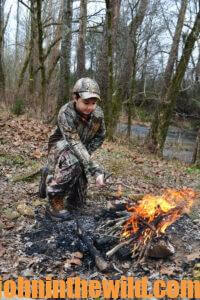
• Fire – Fire provides a source of warmth, gives you protection from animals and makes you feel more secure, which helps you stay calm and gives you the ability to make better decisions.
What to Do Next When Lost:

Don’t let your mind wander. Instead, think about what you have – shelter, water and fire. With those problems solved, look at your shelter, and see what you can build on to it. Keep your mind busy thinking about what else you can do to survive. You can survive for three weeks without food. You’ll have a weapon that can harvest game to eat and fire that enables you to cook the game that you take – including squirrels, rabbits or porcupines. You can take the butt of your gun or a heavy stick and hit a porcupine in the head. When you cook animals in a survival situation, cook them with the skin on, because the fire will singe off all the hair on a squirrel or a rabbit. When the hair’s gone most often the meat will have been cooked at a safe temperature to eat. But don’t cook a porcupine with the skin on to keep the air in the quills from expanding, blowing up and shooting quills in all directions. Skin a porcupine before you cook it. But do stay in the same general area, and don’t wander around aimlessly.
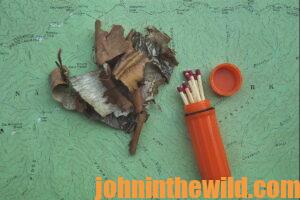
GPS receivers on your phone and hand-held GPS receivers can be a tremendous help to keep you from getting lost. But on cloudy, rainy, snowy days or heavy cloud-cover days, your GPS may not be able to receive signals from satellites that show you where you are, where your vehicle is, and which direction you need to walk to return to your vehicle. Keep extra batteries to replace the dead batteries in your GPS. You can use a compass too. Remember, the sun rises in the east and sets in the west.
What Essentials to Take with You:
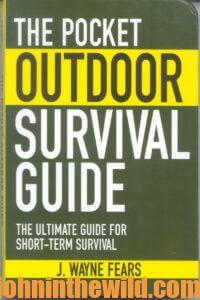
Every hunter must have a first-aid kit, including antiseptic wipes, Tylenol or aspirin, several days of medications you take every day and some sugary snacks like snickers, M&Ms or other candies to lift your mood and keep your blood pressure from dropping significantly. If you’re feeling woozy or dizzy, stop and eat a candy bar. You need a knife or anything that can create a fire quickly or easily like waterproof matches or a Butane cigarette lighter. You can use your shoe laces to lash that knife to a stick, and the knife becomes a digging tool and can be used as a post to support your poncho to make a quick and easy shelter. You can use the knife and stick to defend yourself and for hunting. With a fire, you can purify water, cook food and warm yourself. Remember the four steps to take when you discover you’re lost: build shelter; find water; start a fire; and look for food.

My longtime friend, well-known outdoor writer, J. Wayne Fears, has written a comprehensive book that you can carry with you afield, “The Pocket Outdoor Survival Guide,” available at https://www.amazon.com/. The that will give you tips and answer your questions about surviving when you’re lost.
What Emergency Survival Procedures to Use:
Objective of Survival Training – To make everyone aware of the importance of keeping stress levels low and keeping a positive mindset to help avoid panic and rash decision making. Then a well-thought-out plan of survival can be put into action.
 1) Shelter:
1) Shelter:
a) Manmade – tarps; emergency blankets/ponchos
b) Natural – tree limbs, caves/overhangs
2) Water:
a) Natural – springs and rivers and
b) Water Catches – rain and dew
3) Fire:
a) Handmade Devices – magnesium and flint
b) Lighter and
c) Matches
 4) Food:
4) Food:
a) Vegetation – berries, leaves and roots
b) Animals – snares, club and improvised tools
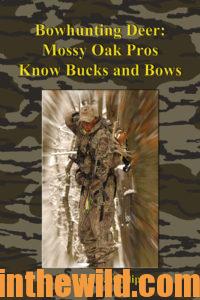 To learn more about hunting deer, check out John E. Phillips’ brand-new Audible book, that became available August 2, 2022, and now in Kindle, print and Audible versions, “Bowhunting Deer: Mossy Oak Pros Know Bucks and Bows” at https://www.amazon.com/. Also, John ‘s book, “How to Hunt and Take Big Buck Deer on Small Properties,” is available in Kindle, print and Audible versions at (http://amzn.to/1vIcj4m). You may have to copy and paste these links into your browser. (When you click on the books, notice on the left where Amazon says you can read and hear 10% of these books for free). On the right side of the page and below the offer for a free Audible trial, you can click on Buy the Audible book.
To learn more about hunting deer, check out John E. Phillips’ brand-new Audible book, that became available August 2, 2022, and now in Kindle, print and Audible versions, “Bowhunting Deer: Mossy Oak Pros Know Bucks and Bows” at https://www.amazon.com/. Also, John ‘s book, “How to Hunt and Take Big Buck Deer on Small Properties,” is available in Kindle, print and Audible versions at (http://amzn.to/1vIcj4m). You may have to copy and paste these links into your browser. (When you click on the books, notice on the left where Amazon says you can read and hear 10% of these books for free). On the right side of the page and below the offer for a free Audible trial, you can click on Buy the Audible book.
Tomorrow: What Are Deer Hunting Backpack Essential



